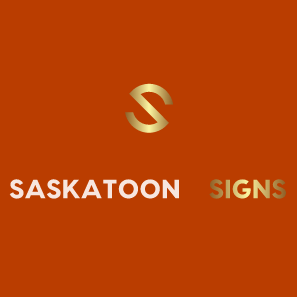
Safety in the workplace is paramount, and one of the most effective ways to communicate safety protocols and hazards is through safety signage. These signs are not just a legal requirement; they are crucial tools in maintaining a safe working environment for both employees and visitors. Let’s delve into the importance of safety signage, its placement, types, and materials, and how they contribute to a safer workplace.
The Importance of Safety Signage
Safety signage serves as a constant reminder of the potential dangers within a workplace and the necessary precautions to take. It’s an essential aspect of safety communication, helping to instill a culture of safety among workers and visitors. Properly placed and well-designed safety signs can significantly reduce accidents and injuries.
Where to Place Safety Signage
The placement of safety signs is as important as the signs themselves. They should be strategically located wherever there’s a potential hazard. However, it’s crucial to avoid ‘sign blindness’ by occasionally changing the locations of these signs within their designated areas. This practice keeps the safety messages fresh and top of mind.
Different Types of Safety Signage
Safety signs come in various shapes and colors, each serving a specific purpose:
- Shapes: Triangles indicate caution, circles specify mandatory actions, and squares or rectangles display emergency and general information.
- Colors: Red signifies immediate danger, yellow indicates caution, blue conveys mandatory instructions, and green points to emergency equipment and evacuation routes.
Utilizing these different types and colors ensures a comprehensive and effective safety system.
Choosing the Right Materials
The material of your safety signage is crucial for its durability and visibility. Common materials include fiberglass, aluminum, plastic, and vinyl. Reflective aluminum, in particular, is an excellent choice due to its durability, weather resistance, and visibility at night. This material is ideal for professional office door signage and office building wayfinding systems.
Compliance with Safety Regulations
It’s essential to comply with legal obligations regarding safety signage. The Occupational Safety and Health Administration (OSHA) provides rules, regulations, and specifications for safety signs. Adhering to these guidelines not only ensures legal compliance but also enhances the overall safety of your workplace.
Partnering with a Professional Sign Maker
For businesses in Saskatoon, working with a professional sign shop in Saskatoon can help in creating effective and compliant safety signage. A local expert can offer tailored solutions that meet both legal requirements and the specific safety needs of your workplace.
Ground Signs Uncovered: Costs and Essential Details
Ground signs are a key component of any business’s outdoor advertising strategy. They are visible…
Elevate Brand Visibility with Custom Pylon Signs
In the competitive business landscape, standing out is crucial, and custom pylon signs are an…
Leveraging Digital Signage in Retail to Magnetize Customers
In the dynamic world of retail, attracting and retaining customer attention is crucial. Digital signage…
